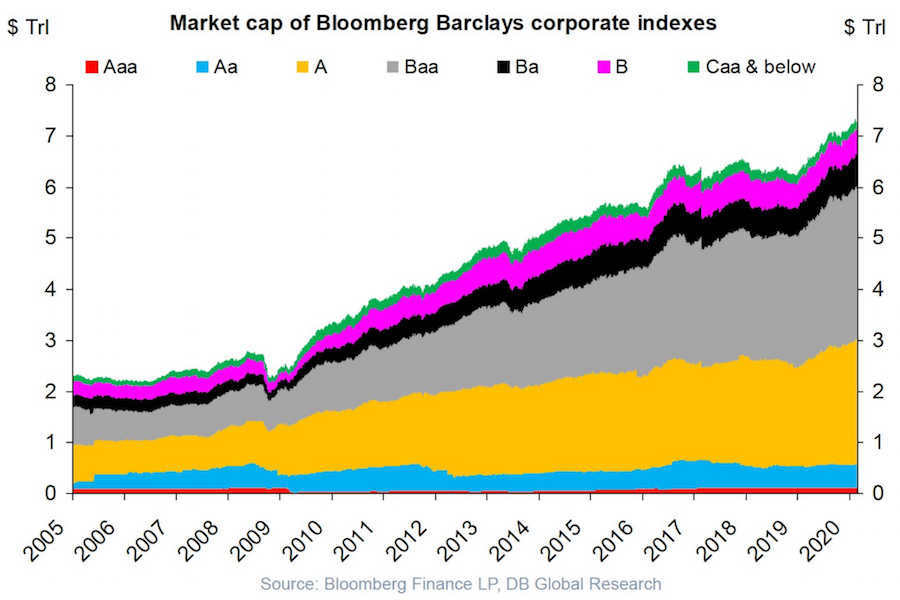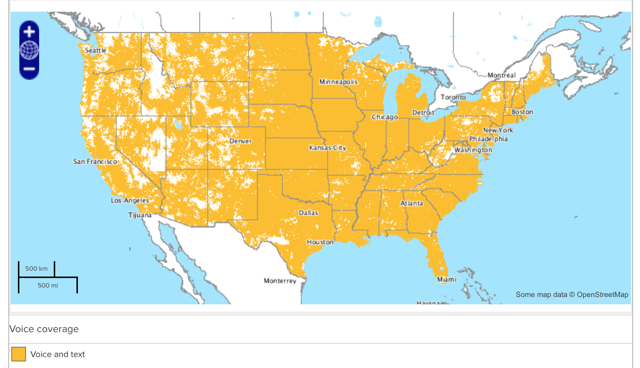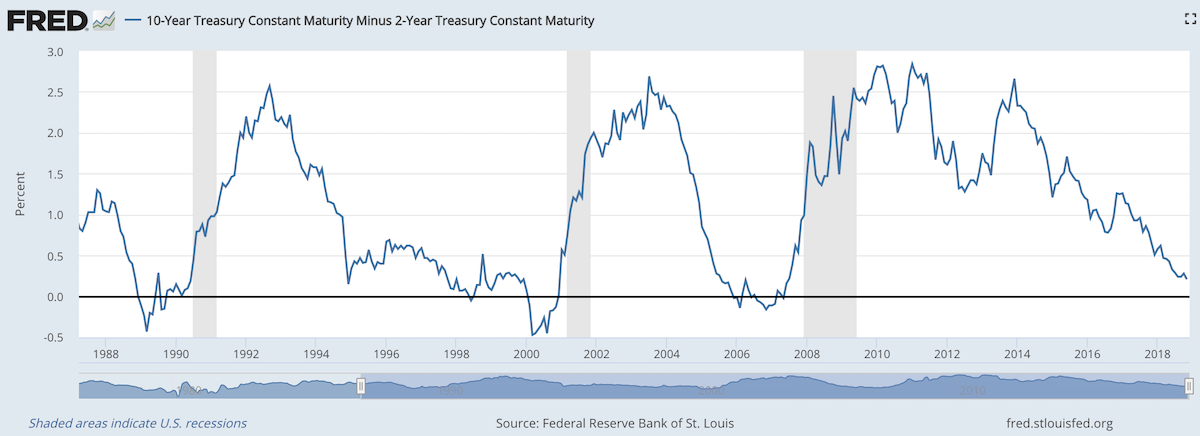This post lists the 20 publicly traded companies with the largest market capitalization as of today. Since my November 2017 list of the 20 most valuable stocks the value of 2 companies increased by more than $150 billion and 4 companies value decreased by over $100 billion.
In the 20 most valuable companies list there are 13 USA companies, 4 Chinese companies and 1 each for Korea, Netherlands and Switzerland. The remaining 15 companies with market caps above $200 billion are based in: USA 10, China 2, Switzerland 2 and Japan 1.
|
Company |
Country |
Market Capitalization |
| 1 |
Amazon |
USA |
$802 billion |
| 2 |
Microsoft |
USA |
$789 billion |
| 3 |
Alphabet (GOOGL) |
USA |
$737 billion |
| 4 |
Apple |
USA |
$720 billion |
| 5 |
Berkshire Hathaway |
USA |
$482 billion |
| 6 |
Facebook |
USA |
$413 billion |
| 7 |
Tencent |
China |
$404 billion* |
| 8 |
Alibaba |
China |
$392 billion |
| 9 |
Johnson & Johnson |
USA |
$348 billion |
| 10 |
China Unicom |
China |
$333 billion |
Amazon soared $220 billion since my November 2017 post and became the most valuable company in the world. Microsoft soared $147 billion and became the most valuable company in the world briefly before Amazon took the crown.
Apple lost $178 billion since my November 2017 post (after passing $1 trillion in market capitalization during 2018, up $100 billion from the November 2017 total, before declining). Facebook lost $118 billion off their market cap. Tencent lost $104 billion and Alibaba lost $100 billion in value during the same period.
Google increased 8 billion (since my November 2017 post).
The next ten most valuable companies:
|
Company |
Country |
Market Capitalization |
| 11 |
JPMorgan Chase |
USA |
$332 billion |
| 12 |
Visa |
USA |
$304 billion |
| 13 |
Exxon Mobil |
USA |
$304 billion |
| 14 |
Walmart |
USA |
$276 billion |
| 15 |
Industrial & Commercial Bank of China (ICBC) |
China |
$270 billion* |
| 16 |
Bank of America |
USA |
$255 billion |
| 17 |
Nestle |
Switzerland |
$255 billion |
| 18 |
Royal Dutch Shell |
Netherlands |
$250 billion |
| 19 |
Pfizer |
USA |
$249 billion |
| 20 |
Samsung |
Korea |
$240 billion |
Market capitalization shown are of the close of business November 26th, as shown on Google Finance.
Pfizer is the only new company in the top 20, growing by $37 billion to reach $249 billion and take the 19th spot (Wells Fargo dropped out of the top 20 and into 25th place).
Related: Global Stock Market Capitalization from 2000 to 2012 – Stock Market Capitalization by Country from 1990 to 2010 – Historical Stock Returns
Between $255 billion (which earns 15th place) and $223 billion there are 13 companies with market caps very close to each other.
A few other companies of interest (based on their market capitalization):
Verizon, USA, $240 billion
UnitedHealth, USA, $238 billion
Procter & Gamble, USA, $229 billion
China Construction Bank, China, $226 billion*
Wells Fargo, USA, $225 billion
Novartis, Switzerland, $224 billion
Roche, Switzerland, $224 billion
Intel, USA, $223 billion
Chevron, USA, $215 billion
China Mobile, China, $209 billion
Toyota, Japan, $203 billion
Home Depot, USA, $203 billion
Mastercard, USA, $202 billion
Coca-Cola, USA, $202 billion
Boeing, USA, $200 billion
Others of interest, below $200 billion market capitalization:
Cisco, USA, $196 billion
Merck, USA, $195 billion
Petro China, China, $185 billion
Taiwan Semiconductor (TSMC), Taiwan, $183 billion
Agricultural Bank of China, China, $179 billion*
Oracle, USA, $173 billion
Walt Disney, USA, $168 billion
HSBC, UK, $167 billion
Comcast, USA, $162 billion
Ping An Insurance, China, $158 billion
Unilever, UK, $153 billion
PepsiCo, USA, $153 billion
Bank of China, China, $152 billion*
Netflix, USA, $147 billion
Total, France, $142 billion
McDonald’s, USA, $141 billion
Citigroup, USA, $138 billion
BP, UK, $135 billion
Abbvie, USA, $133 billion
Amgen, USA, $128 billion
DowDuPont, USA, $127 billion
Anheuser Busch, Belgium, $125 billion
SAP, Germany, $125 billion
BHP, Australia, $113 billion
L’Oreal, France, $111 billion
IBM, USA, $110 billion
Sanofi, France, $106 billion
Royal Bank of Canada, $105 billion
Broadcom, USA, $102 billion
Naspers, South Africa, $95 billion (Naspers owns 31% of Tencent – that stake is worth more than Naspers’ market cap by itself)
China Petroleum & Chemical, China, $95 billion
Novo Nordisk, Denmark, $93 billion
Commonwealth Bank of Australia, $92 billion**
NVIDIA, USA, $91 billion
NTT, Japan, $90 billion**
Gilead Sciences, USA, $88 billion
Banco Santander, Spain, $81 billion
Softbank, Japan $78
China Life Insurance Company, China, $78 billion
GE, USA, $78 billion (losing over 50%, 80 billion, since November 2017)
Market capitalization figures were taken from Google finance. ADRs were chosen, if available (so I get the cap reported in USD).
* market cap taken from Google finance based on the Hong Kong exchange (no ADRs option was available) and converted to USD.
** converted from Australian dollars or Japanese Yen to USD
]]>









